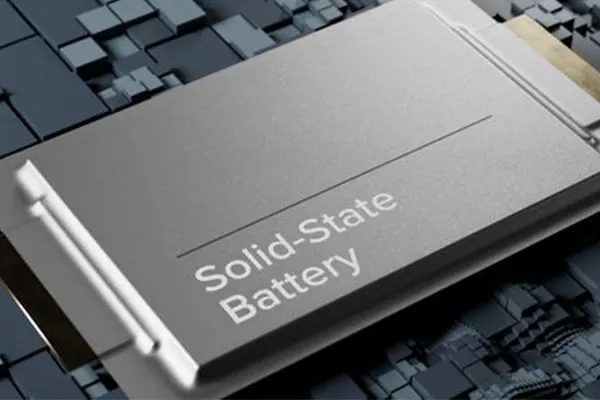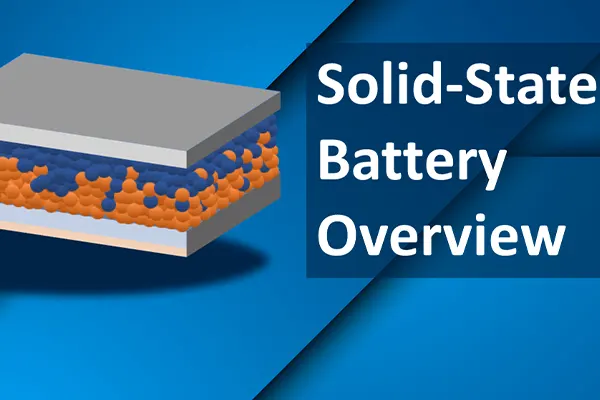



Blog
Hot Category
Latest Blog
11 Dec 2024
Eli
As a new type of battery technology, the biggest advantage of solid-state batteries compared to traditional liquid batteries is the stability of their solid electrolytes. In solid-state batteries, their solid electrolytes are generally made of solid materials such as oxides and sulfides, which have higher chemical stability and lower volatility. Therefore, solid-state batteries have higher safety performance and can prevent accidents such as thermal runaway and spontaneous combustion of batteries.
1. Good safety: The electrolytes in liquid batteries can cause batteries to be flammable and explosive, which can easily cause safety hazards. The solid electrolytes in solid-state batteries can inhibit lithium dendrites and are not prone to spontaneous combustion and explosion. In other words, the solid electrolytes used in solid-state batteries replace the liquid electrolytes in traditional lithium-ion batteries, which can greatly reduce the risks of thermal runaway and leakage of batteries.
2. High energy density: The electrolytes of solid-state batteries are usually made of inorganic or organic polymer solids, which can provide higher energy density, which means that solid-state batteries can store more electrical energy at the same volume or weight.
3. Long cycle life: Solid-state batteries solve the problem of solid electrolyte interface film formed during the charge and discharge process of liquid electrolytes, greatly improving the cycle and service life of batteries.
4. Fast charging capability: Solid electrolytes have high ionic conductivity, which allows lithium ions to move more quickly inside the battery, thereby speeding up the charging speed.
1. Interface impedance: Since the solid electrolyte and the electrode material are connected in a solid state, the limited contact between the electrode and the electrolyte is weak, and the ion transmission kinetics in the solid material is low.
2. The cost is too high: The electrode materials required for solid-state batteries, such as oxide positive electrode materials and sulfide positive electrode materials, are mainly made of inorganic materials such as aluminum oxide and titanium oxide. The production of these high-tech new materials is difficult and expensive.
3. Complex production process: The production process of solid-state batteries is not yet fully mature and needs further optimization and improvement. For example, all-solid-state batteries need to solve the solid-solid contact problem during the manufacturing process, which may lead to increased interface impedance and affect battery performance. In addition, although sulfide electrolytes have high ionic conductivity, they have poor thermal stability, complex preparation processes and high costs.
4. Dendrite growth problem: Solid electrolytes with high mechanical strength still have difficulty in completely inhibiting the growth of lithium dendrites and achieving uniform deposition of lithium metal. Studies have shown that inorganic solid electrolytes with high shear modulus cannot completely prevent lithium dendrites from penetrating into solid electrolytes, and lithium dendrites are still an important factor hindering the practical application of all-solid-state batteries.

Impact of battery type: Solid-state batteries can be divided into three categories: polymers, oxides, and sulfides according to different electrolyte materials. Different types of solid-state batteries have different cycle lives. Among them, sulfide-based all-solid-state batteries have attracted much attention due to their high ionic conductivity and good chemical stability, and their cycle life is relatively long.
Impact of use conditions: The cycle life of solid-state batteries is also affected by use conditions, such as charge and discharge rate, temperature, pressure, etc. Under suitable use conditions, solid-state batteries can maintain a long cycle life.

In general, as a new type of battery technology, solid-state batteries have many advantages, but their weaknesses cannot be overcome in the short term. With the continuous advancement of technology and the reduction of costs, solid-state batteries are expected to be widely used in the future.